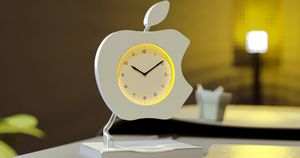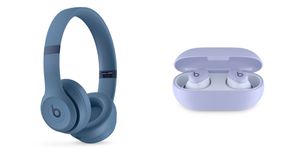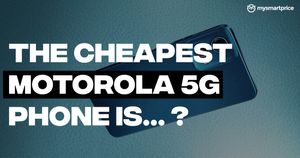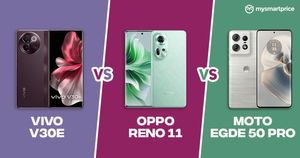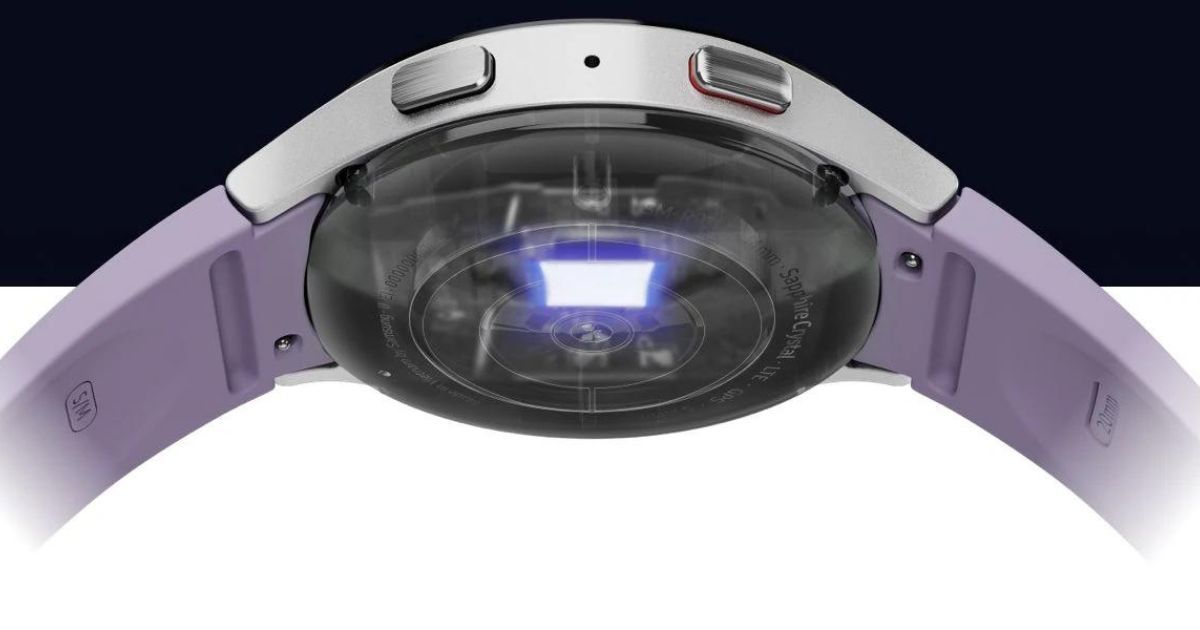
In a race to reshape healthcare tech, Samsung is working on a non-invasive glucose monitor and continuous blood pressure checker, directly competing with Apple, according to a new report by Bloomberg. This move is part of Samsung’s broader plan to add health features to various devices. The newly announced Galaxy Ring leads the charge in a new product line aimed at health, though it does not come with such features for now.
In an interview to Bloomberg, Samsung’s digital health chief, Hon Pak, said, “If we can do continuous blood pressure and glucose, we’re in a whole different ball game.” The report adds that company is investing significantly in this pursuit, aiming to give consumers a comprehensive view of their health using sensors in different parts of the body.
While Pak didn’t provide a timeline, he hopes for non-invasive glucose monitoring within five years, exploring various technologies for the task.
Meanwhile, the Galaxy Ring, announced last week, features various health sensors and is set to arrive by the end of 2024. Pak explained it will cater to people who want health tracking in a less intrusive way than traditional watches.
Health tracking is a big deal for smartphones and smartwatches, with Samsung, Apple, and Google vying for customers with advanced features. So it is not surprising that Samsung aims to create breakthroughs in continuous blood pressure and non-invasive glucose monitoring, which is yet to be seen on smartwatches or wearable devices.
Beyond wearables, Samsung is exploring sensors for future earbuds, looking into ways to measure body temperature and heart rates. Pak also spoke about how mixed-reality headsets could serve as a potential frontier for health, particularly in meditation and mental health.
Blood Sugar Monitoring on Wearables: Why do Apple And Samsung Want This?
Developing a non-invasive blood sugar monitor is an ambitious target for tech companies, but not an easy one to crack. And both Samsung and Apple are in the game. The reason why this is a major goal is simple. Diabetes is increasing across the world, and a wearable device that is able to measure blood sugar levels accurately, without the need for constant pricks would be revolutionary. But there are challenges when it comes to building such a technology.
For instance, both Apple and Samsung will need to ensure that such devices are accurate. After all, doctors determine insulin dosage and other medications for patients based on accurate blood sugar level readings. Diabetics have to keep track of their blood sugar regularly to ensure treatment is effective. And if wearables want to take over, they will need to deliver efficiency and accuracy.
In fact, Apple has been working at this technology since 2010, aiming to eliminate the need for skin pricking. Rumours have long persisted regarding the Apple Watch eventually incorporating non-invasive blood glucose monitoring.
The company has been researching various technologies, such as optical sensors and spectroscopy, to achieve this goal, according to reports. An earlier report by Bloomberg in February 2023 noted how Apple achieved some major milestones in the area recently and is getting closer to implement the technology.
Improving blood pressure monitoring is also on the agenda for both companies. Samsung is working to extend the duration between calibrations for its smartwatches. Meanwhile, Apple plans to add hypertension detection to its smartwatch later this year without requiring calibration.
But clearly painless blood sugar monitoring is not an easy problem to solve. Only time will tell which company triumphs in this race of non-invasive blood glucose monitoring.



